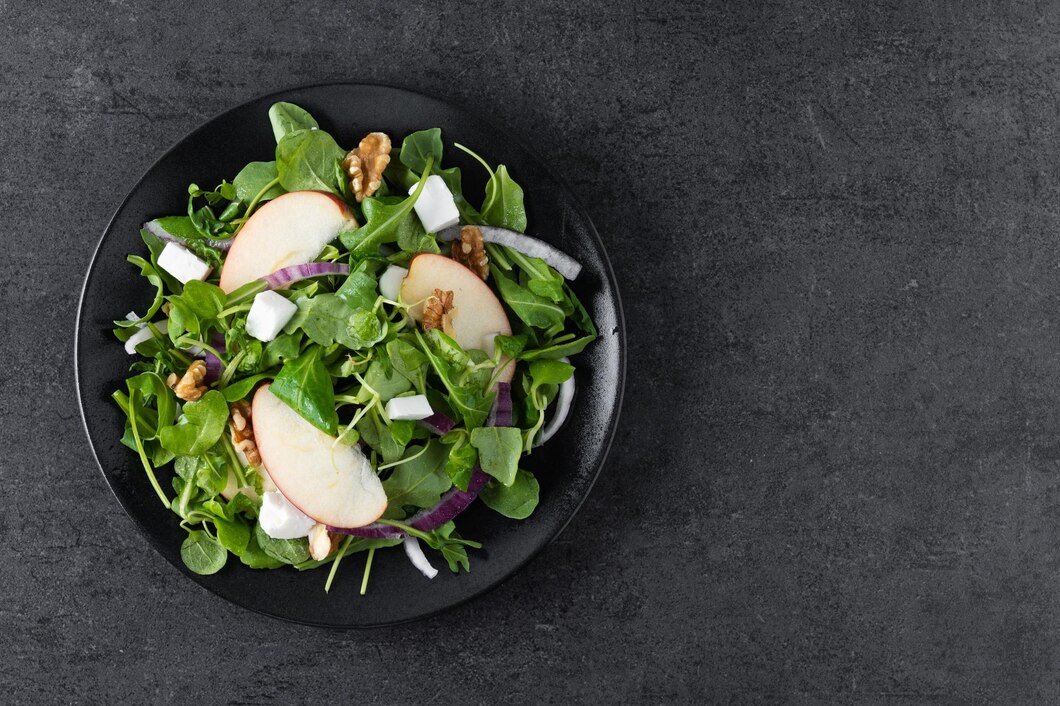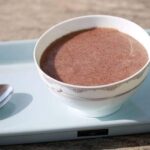Lettuce is a common base for many salads, but sometimes you might want to switch things up, whether due to dietary preferences, allergies, or simply to add variety to your meals. Fortunately, there are numerous nutritious and flavorful alternatives to lettuce that can elevate your salad game. Here are five fantastic foods you can substitute for lettuce in your salads.
1. Spinach
Nutritional Benefits:
Spinach is a powerhouse of nutrients, rich in iron, calcium, vitamins A, C, and K, and antioxidants. It supports bone health, boosts the immune system, and promotes healthy skin.
Flavor and Texture:
Spinach leaves are tender with a mild, slightly earthy flavor. They provide a soft, yet sturdy base for a variety of salad ingredients.
Best Uses:
Spinach pairs well with fruits like strawberries and apples, nuts, cheeses, and light vinaigrettes. It’s also excellent in warm salads, as it wilts slightly when dressed.
2. Kale
Nutritional Benefits:
Kale is one of the most nutrient-dense greens available, packed with vitamins A, K, and C, fiber, and powerful antioxidants. It’s known for its anti-inflammatory properties and benefits for heart health.
Flavor and Texture:
Kale has a robust, slightly bitter flavor and a chewy texture. Massaging the leaves with a bit of olive oil or dressing can soften them and enhance their taste.
Best Uses:
Kale is great for hearty salads with bold flavors, such as those featuring citrus fruits, roasted vegetables, nuts, and strong cheeses like feta or goat cheese.
3. Arugula
Nutritional Benefits:
Arugula is a leafy green rich in vitamins A, K, and C, folate, and calcium. It’s low in calories and offers numerous health benefits, including improved digestion and bone health.
Flavor and Texture:
Arugula has a distinct peppery flavor and a tender yet crisp texture. It adds a delightful zing to salads.
Best Uses:
Arugula shines in salads with tangy dressings, fresh fruits like pears and grapes, nuts, and shaved Parmesan cheese. It’s also a great addition to grain-based salads.
4. Cabbage
Nutritional Benefits:
Cabbage is a versatile cruciferous vegetable rich in vitamins C and K, fiber, and various antioxidants. It’s known for its potential cancer-fighting properties and support for digestive health.
Flavor and Texture:
Cabbage has a crunchy texture and a mildly sweet and peppery flavor. Both green and red cabbage can add vibrant color and crispness to salads.
Best Uses:
Cabbage is perfect for slaws and crunchy salads. It pairs well with carrots, apples, nuts, and creamy dressings or vinaigrettes.
5. Watercress
Nutritional Benefits:
Watercress is a nutrient-dense leafy green high in vitamins A, C, and K, calcium, and iron. It’s known for its antioxidant properties and benefits for skin and bone health.
Flavor and Texture:
Watercress has a peppery, slightly tangy flavor and a delicate, crisp texture. It adds a refreshing bite to salads.
Best Uses:
Watercress is excellent in light, refreshing salads with citrus fruits, berries, nuts, and light dressings. It also complements seafood well.
Switching up your salad greens can bring new flavors, textures, and nutritional benefits to your meals. Spinach, kale, arugula, cabbage, and watercress are all excellent substitutes for lettuce, each offering unique taste profiles and health advantages. Experimenting with these alternatives can make your salads more exciting and satisfying, ensuring you never tire of your greens.








